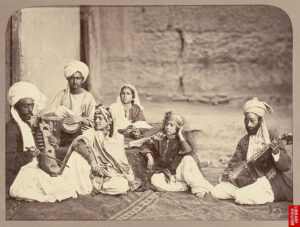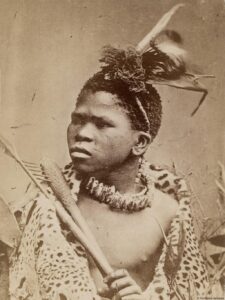The Cambridge U3A class met for Five Facet of Photography – Travellers and Photography today. The first two classes looked at the general development and role of photography and its importance in understanding the world and our place in it. Today we looked at the travel genre over the period 1839 – 1939, which was characterized by the growth in communications, improvements in photographic technology and colonial expansion.
I presented examples under five headings:
- Before photography
- The Pioneers
- Picturing the other
- The explorers
- Travel writers
- Ethnography
- Photographic imperialism
The themes were illustrated by 39 photographs, ranging historically from the Mohamed Ali’s Harem palace at Ras El Tin, Alexandria, Frédéric Goupil-Fesquet, 1839, to Nigeria, Ludwig Jindra, 1935. I argued that while photography in travel had aesthetic, commercial and scientific purposes, it was often racist and sexist and was one of the technologies that facilitated imperial expansion. It operated through the following step model: seeing; classifying; revealing and portraying to the western gaze the exotic, the ‘other’, as primitive and under developed; controlling and civilizing; and owning, i.e. colonisation.


